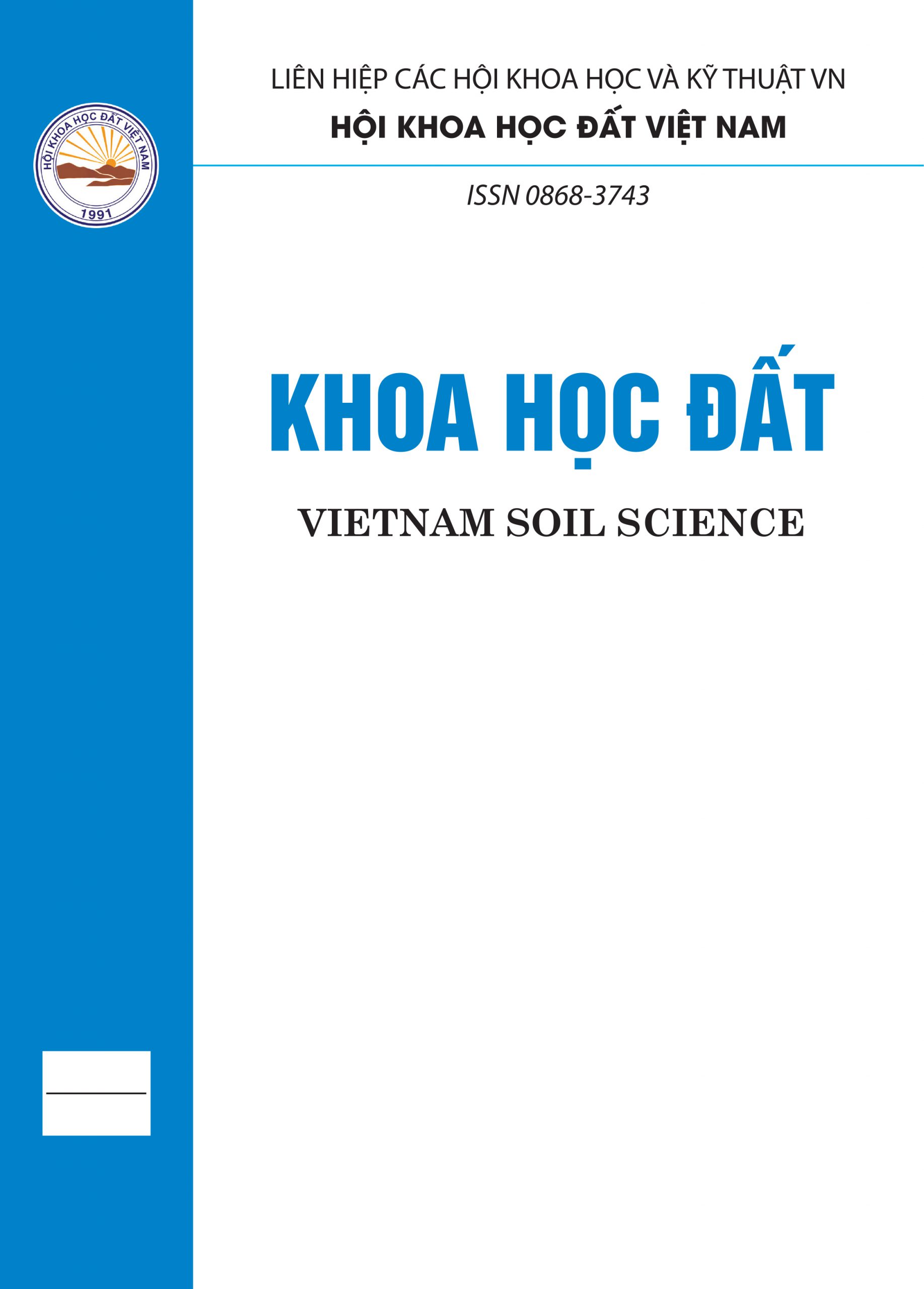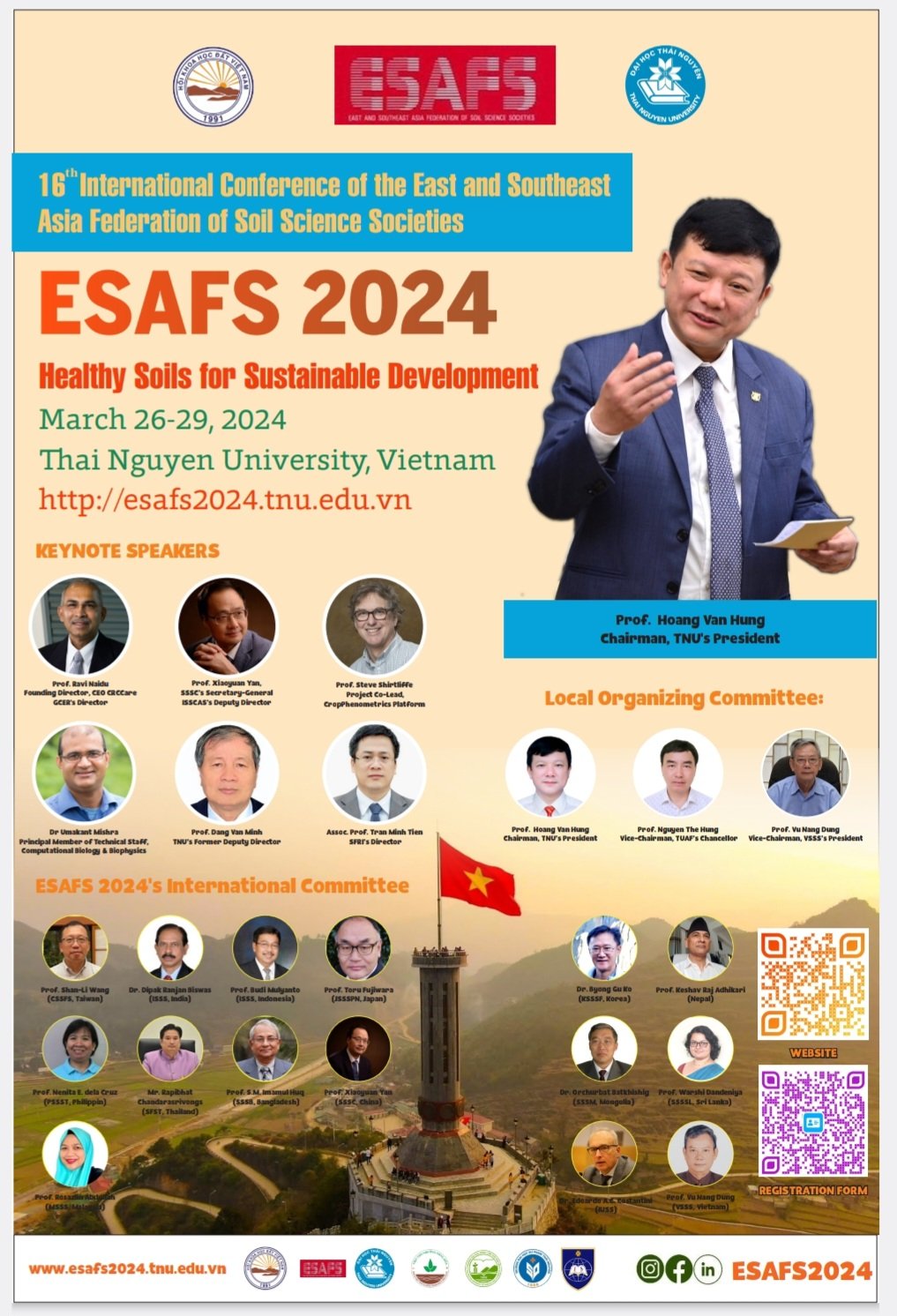ỨNG DỤNG MÔ HÌNH CẤU TRÚC TUYẾN TÍNH (PLS-SEM) ĐÁNH GIÁ TÁC ĐỘNG CỦA VIỆC GIAO ĐẤT ĐẾN VIỆC LÀM TẠI HUYỆN TÂY SƠN, TỈNH BÌNH ĐỊNH
Bùi Thị Diệu Hiền1, 2, Nguyễn Thị Hải1, Nguyễn Hữu Ngữ1*
[1]Trường Đại học Nông Lâm, Đại học Huế2Trường Đại học Quy Nhơn
*E-mail: nhuungu@hueuni.edu.vn
TÓM TẮT
Nghiên cứu này đánh giá tác động của việc giao đất đến việc làm tại huyện Tây Sơn, tỉnh Bình Định thông qua mô hình PLS-SEM với 132 mẫu khảo sát. Kết quả nghiên cứu khẳng định việc giao đất có ảnh hưởng tích cực đến việc làm của người dân địa phương. Các hình thức giao đất tái định cư, đấu giá quyền sử dụng đất đã mở rộng cơ hội tiếp cận việc làm, đặc biệt là việc làm phi nông nghiệp. Việc giao đất tại các khu vực có hạ tầng phát triển, gần cụm công nghiệp, thuận lợi cho kinh doanh đã thúc đẩy sự chuyển dịch việc làm từ nông nghiệp sang phi nông nghiệp. Bên cạnh đó, việc giao đất nông nghiệp có chất lượng tốt thúc đẩy đầu tư, nâng cao hiệu quả sử dụng đất. Tuy nhiên, một số hộ vẫn gặp khó khăn trong tiếp cận việc làm mới do hạn chế về kỹ năng, nguồn lực sản xuất. Kết quả nghiên cứu là cơ sở để đề xuất các giải pháp tích hợp giữa giao đất và hỗ trợ sinh kế, tạo việc làm bền vững tại địa phương.
Từ khóa: giao đất, việc làm, PLS-SEM, huyện Tây Sơn.
SUMMARY
Application of linear structural analysis model (PLS-SEM) to assess the impact of land allocation on employment in Tay Son district, Binh Dinh province
Bui Thi Dieu Hien1, 2, Nguyen Thi Hai1, Nguyen Huu Ngu1
1University of Agriculture and Forestry, Hue University
2Quy Nhon University
This study investigates the impact of land allocation on employment in Tay Son district, Binh Dinh province, employing the Partial Least Squares Structural Equation Modeling (PLS-SEM) technique, based on data from 132 survey respondents. The empirical findings indicate that land allocation has a significant and positive effect on local employment outcomes. Specifically, mechanisms such as resettlement-based land provision and land-use rights auctions have substantially increased access to employment, particularly within non-agricultural sectors. Land allocated in areas characterized by developed infrastructure and proximity to industrial clusters has played a pivotal role in facilitating the transition from agricultural to non-agricultural employment, thereby enhancing local economic diversification. Moreover, the distribution of high-quality agricultural land has incentivized private investment and improved land-use efficiency. Nonetheless, certain households continue to encounter barriers to employment due to constraints in vocational skills and production resources. The findings underscore the necessity of integrated policy interventions that align land allocation strategies with livelihood support measures, aiming to foster sustainable and inclusive employment at the local level.
Keywords: land allocation, PLS-SEM, Tay Son district.
Ngày nhận bài: 26/3/2025
Ngày thông qua phản biện: 09/5/2025
Ngày duyệt đăng: 16/6/2025
 Tạp chí
Tạp chí




